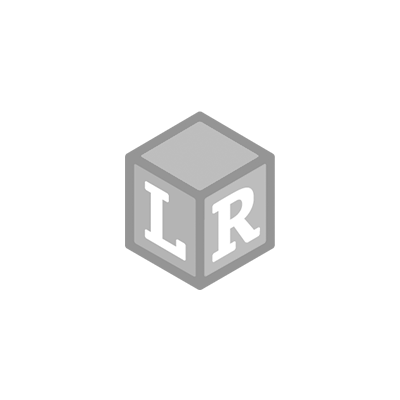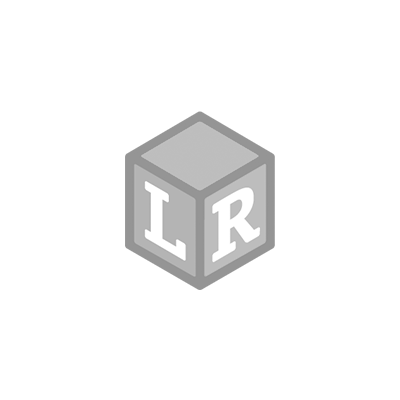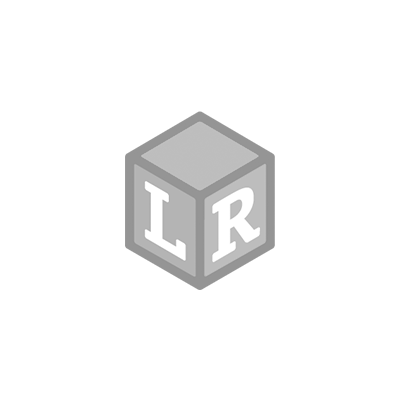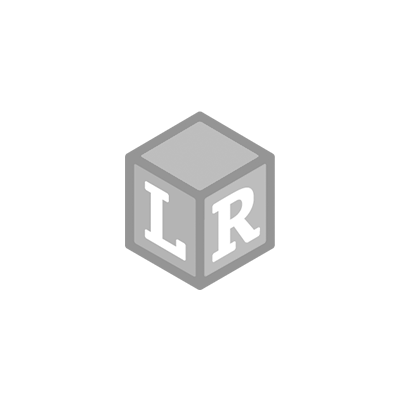Tired of turning around only to find that your toddler has emptied the Tupperware cabinet, or worse, your underwear drawer? Turn your toddler’s curiosity into a totally teachable moment with our scavenger hunt-style toddler treasure hunts!
Color Clues
A treasure hunt is a great way to help your toddler learn his or her colors. First, spend some time reviewing a specific color–red for example, read a board book about the color red, talk about things you see each day that are red, sound out the word
red. Then set off on an adventure–together–to find things around your house that are red. Collect them if you can and then review your bounty, repeating the word
red as you identify each object you’ve found. Weather permitting, you might follow this activity up with a walk around the block, looking for outdoor objects that are red, like cars, stop signs, flowers, berries, or even a kite flying in the sky.

Shape Spotting
The activity above also works well with shapes. Start by reviewing the basic shapes with your little one. Draw a circle, square, rectangle, and triangle on a sheet of paper and have your child color each one in with crayons. Then take a tour of your home and point out the shape of the objects you see. The oven door is square. Books are rectangular. So is your child’s pillow. The bottom of a sippy cup is round. So is a ball. After you’ve pointed out several objects, try pointing to one and asking your child what shape it is.

Counting Cuties
Your home is also a great place to help your child learn to count. Start by counting from one to five as you hold up the appropriate number of fingers. Next, take out several of the same object – books, bananas, socks, or spoons will do. Place the objects in a pile and move one object over to an empty space as you count its number aloud: one for the first object, two for the second, etc. Once all objects are in the second pile, count them up again. Now challenge your child to bring you one toy from his room. Then two, then three, holding up your fingers as a reminder.

Size It Up
You’ll probably be tempted to put away the piles of objects your child has collected, but don’t! It’s the perfect way to introduce your child to the concept of size. Sitting near the pile, point out to your little one that the sock he found is small, but the bookcase is big! Stretch your legs on another walk through the house, pointing out things that are big and small and asking your child to do the same.

Get Descriptive
It’s almost time to put everything back (we strongly encourage you to learn, live, and love the “Clean Up” song), but before you do, take this opportunity to introduce some new words. Describing the attributes of the things you’ve collected on your treasure hunts is a wonderful way to enhance your child’s vocabulary. As you pick up each item to put away, remind your child of its color and size, and describe it, using words like “fuzzy”, “soft”, “hard”, “smooth”, “rough”, etc.
 I Spy JarBefore your family heads out, put together your own I Spy Jar. You will need a mason jar with a tight-fitting lid, a box of rice, and some small objects around the house like a doll comb, Snap Cubes, crayons, etc. Make a checklist for everything that will go in the jar. Pour in a small layer of the rice, add a few items, and then repeat. Seal the container and let the challenge begin!
I Spy JarBefore your family heads out, put together your own I Spy Jar. You will need a mason jar with a tight-fitting lid, a box of rice, and some small objects around the house like a doll comb, Snap Cubes, crayons, etc. Make a checklist for everything that will go in the jar. Pour in a small layer of the rice, add a few items, and then repeat. Seal the container and let the challenge begin! 

 The License Plate GameAs you motor along, keep a tally of every state license plate your family spies. This also keeps kids thinking about geography. If you are in California, discuss how far a car from Iowa must have had to travel. What states did it have to cross to get to get here? When you stop for something to eat, take an extra spin around a crowded parking lot to search for plates missing off your list!
The License Plate GameAs you motor along, keep a tally of every state license plate your family spies. This also keeps kids thinking about geography. If you are in California, discuss how far a car from Iowa must have had to travel. What states did it have to cross to get to get here? When you stop for something to eat, take an extra spin around a crowded parking lot to search for plates missing off your list! Dry Erase BoardThe dry erase board is a perennial favorite, whether on or off road. They are inexpensive and can keep hands busy for a long time. Make sure to pick one up for each family member, loading them up with a ton of extra colors. Many boards are magnetic, so don’t forget your Learning Resources numbers and letters, too.
Dry Erase BoardThe dry erase board is a perennial favorite, whether on or off road. They are inexpensive and can keep hands busy for a long time. Make sure to pick one up for each family member, loading them up with a ton of extra colors. Many boards are magnetic, so don’t forget your Learning Resources numbers and letters, too. Busy WalletFor the younger set, upcycle an old wallet and fill it with items like used gift cards, ribbon, crayons, etc., for them to take out and put back in again. Little ones love to take a part Mom’s wallet, so why not give them one of their own? Just be prepared to be searching the car floor on your next rest stop to put it all back together.
Busy WalletFor the younger set, upcycle an old wallet and fill it with items like used gift cards, ribbon, crayons, etc., for them to take out and put back in again. Little ones love to take a part Mom’s wallet, so why not give them one of their own? Just be prepared to be searching the car floor on your next rest stop to put it all back together. Window ClingsMake your little passengers’ window their own canvas. Grab window clings at your local drug store and pass them out when your riders become antsy. No mess, no worry, and lots of fun!
Window ClingsMake your little passengers’ window their own canvas. Grab window clings at your local drug store and pass them out when your riders become antsy. No mess, no worry, and lots of fun!  FlashlightsNighttime driving can be especially challenging. Hand out individual flashlights to each of the kids. These can be used to read or simply to make funny faces or have “light wars” with their brothers or sisters.
FlashlightsNighttime driving can be especially challenging. Hand out individual flashlights to each of the kids. These can be used to read or simply to make funny faces or have “light wars” with their brothers or sisters.  Have a safe trip! (And remember to pack lots of snacks!)
Have a safe trip! (And remember to pack lots of snacks!)  Shop UK Site
Shop UK Site 
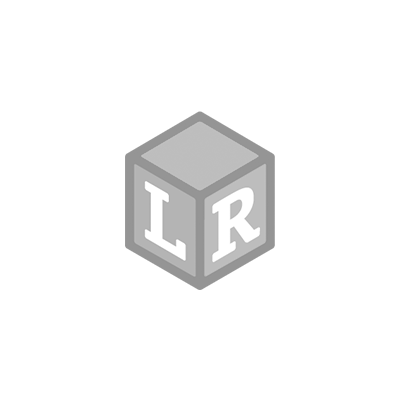
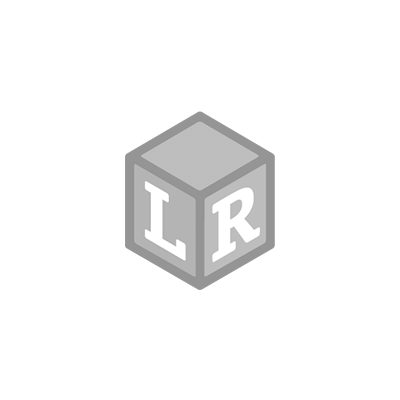








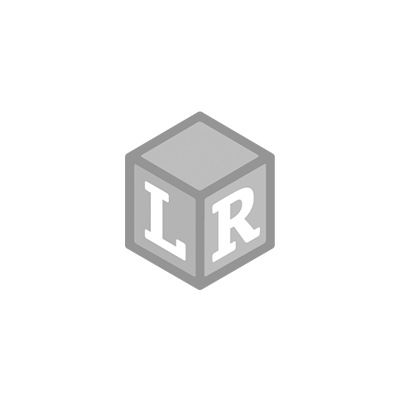
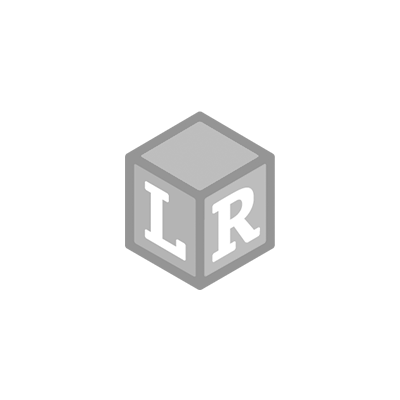
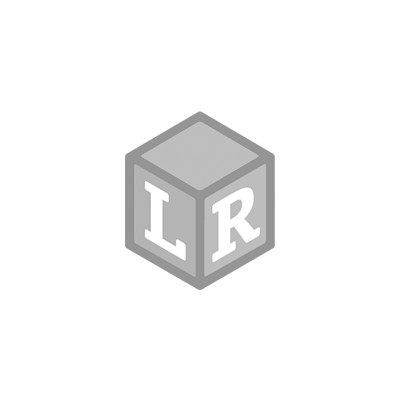
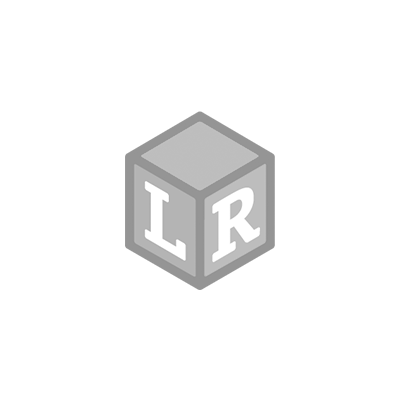
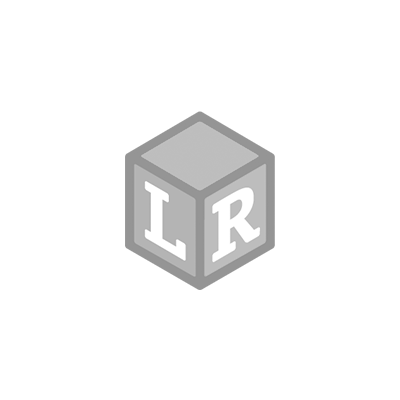
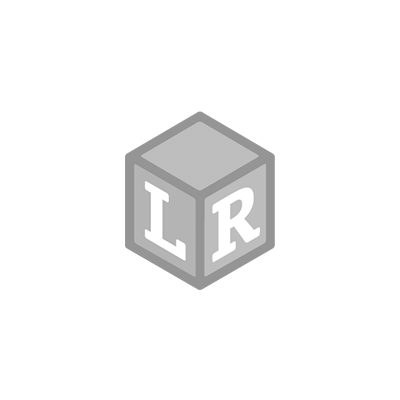
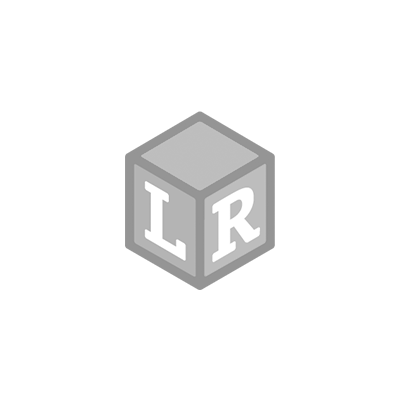
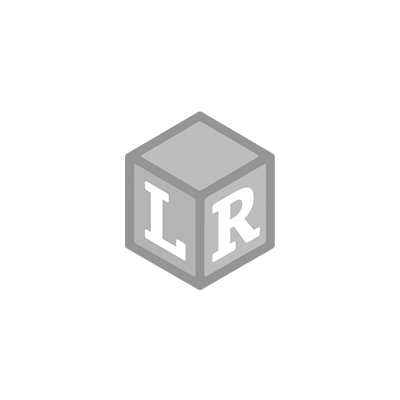


 You will discover your child has a favorite way to learn. It could be through physical activity or quiet play. Through playtime, abstract math concepts can become concrete for little learners, whether they are
You will discover your child has a favorite way to learn. It could be through physical activity or quiet play. Through playtime, abstract math concepts can become concrete for little learners, whether they are 




